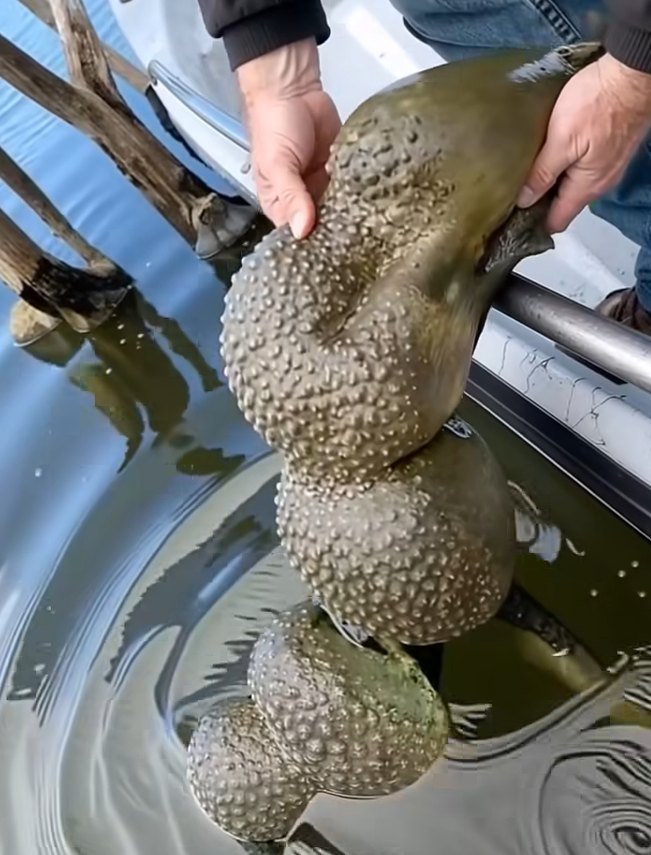Boaters at McGee Creek Reservoir in Atoka County, Oklahoma, were surprised to find unusual jelly-like blobs clinging to submerged branches. At first glance, they looked like alien organisms, but the Oklahoma Department of Wildlife Conservation (ODWC) identified them as bryozoans—colonial creatures often called “moss animals.”
Bryozoans are made up of tiny units known as zooids that live together in a gelatinous mass. Underwater they feel soft, but once exposed to air, their chitin-based structure hardens. Given the right conditions, these colonies can reproduce quickly, forming large, clustered blobs across underwater surfaces.
Despite their strange appearance, bryozoans are completely harmless. In fact, they play an important ecological role. Acting as natural filters, they remove bacteria, algae, and fine particles from the water, improving clarity and overall quality. They also provide a valuable food source for fish, mussels, and snails.
Their presence is actually good news for the lake environment. Since bryozoans thrive only in clean, healthy waters, finding them is a positive sign that the ecosystem is balanced and thriving. Far from being strange newcomers, bryozoans are among the planet’s oldest living groups. Fossil records trace their existence back nearly 470 million years—long before dinosaurs roamed the Earth. So while these jelly-like blobs may seem eerie at first sight, they are not invaders from another world. Instead, they are ancient and beneficial creatures, quietly keeping waters clean and offering a glimpse into Earth’s deep past.


